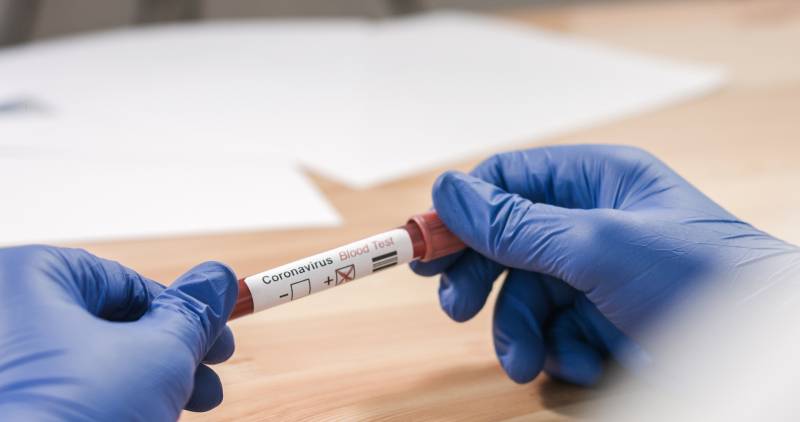He and Engeström were inspired by the town of Vo Euganeo in Italy, which was able to test nearly all of its 3,300 residents for the virus, and subsequently help control its spread.
"And so the idea was maybe we could do something like that here, and do it in a way that other communities could learn from what we've done,” Harmon said, noting that most Marin County residents can now only get tested for the coronavirus with a doctor's referral.
"It was really hard to get tested. And we wanted to figure out, well, what can we do to broaden the availability of testing," he said. "We wanted to do this in a way that wasn't taking away from any of the existing testing capacity of the county."
When the two reached out to UCSF's Division of Infectious Diseases for support, they learned that researchers there were already planning a similar endeavor in a nearby, but notably different place. In collaboration with the Latino Task Force on COVID-19 and the San Francisco Department of Public Health, the team set out to offer free tests to the roughly 5,700 Mission District residents — the majority of whom are Latino — living between South Van Ness and Harrison Street and Cesar Chavez and 23rd streets.
A map of COVID-19 cases, which San Francisco officials released Monday, shows the 94110 ZIP code — in the the Mission District — as having the most infections in the city. Citywide, 25% of positive cases are among Latinos, even though they make up only 15% of San Francisco's population.
"This likely reflects risk factors such as living in crowded conditions, and whether residents have sufficient support to stay home and reduce their outings," Mayor London Breed's office stated in a press release.
Dr. Bryan Greenhouse, a UCSF professor of medicine involved in the project, said the Mission District and Bolinas, while geographically close, are "a world apart" in most other respects, and comparing test results could yield valuable insights.
The study "will hopefully provide a nice spectrum of what we might expect to see elsewhere in the Bay Area," he said.
Greenhouse added that researchers need to develop a better understanding of how the virus spreads before any shelter-in-place orders or other restrictions can be safely lifted.
"What needs to happen before we can feel comfortable loosening things up is that we have to have a very, very good ability to detect and respond to infections, and that's got to be much better than what we've got right now," Greenhouse said.

